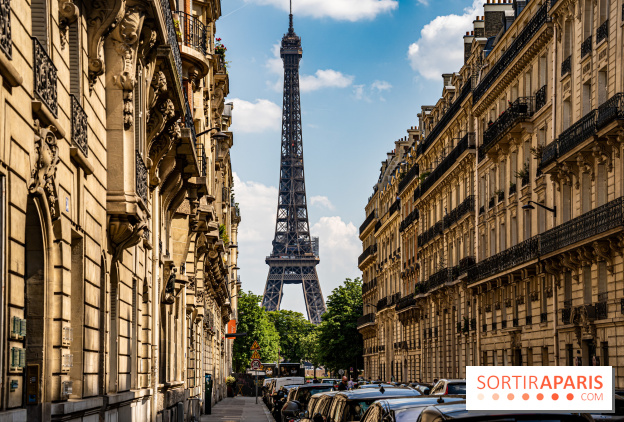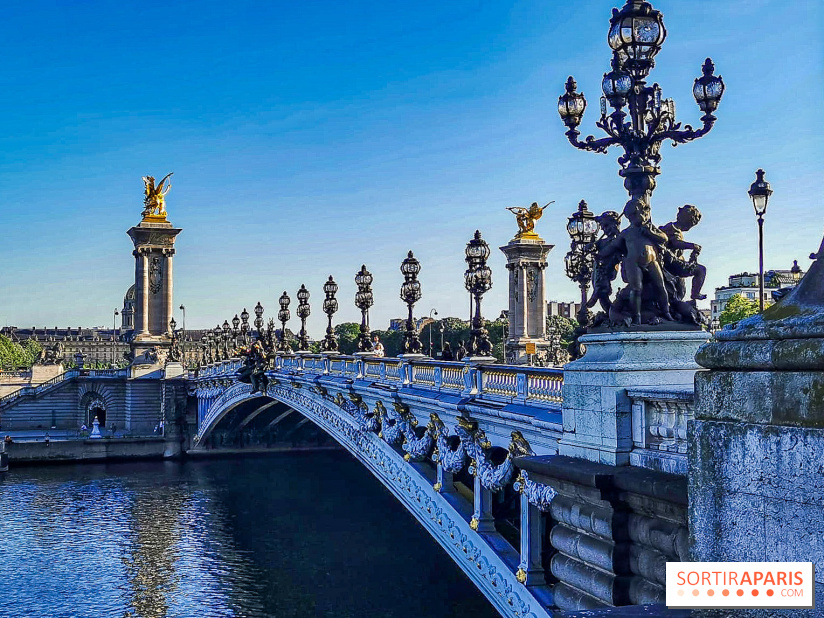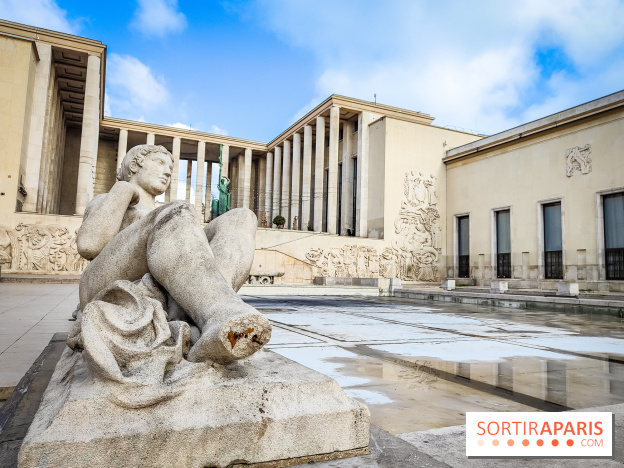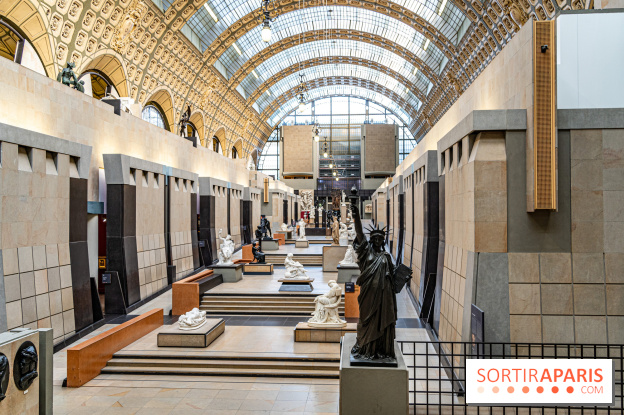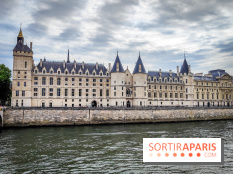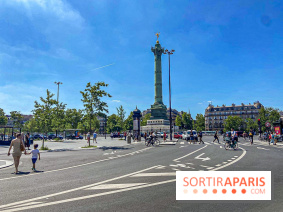World's fairs are exceptional events with a global reach, providing an opportunity for a country to showcase its power, know-how and wealth - both commercial and cultural. Paris hosted several such events, between 1855 and 1937. Each of these universal exhibitions gave rise to works of art, new constructions and buildings, some of which are still standing today! Let's take a look at these very special buildings.
But first, let's take a look at some definitions. Universal exhibitions " were created to showcase the technical and artistic achievements of different nations at the height of the industrial revolution ", explains the French Ministry of Culture. These events showcased the very latest technological innovations, such as the Singer sewing machine, the telephone, the elevator, the Ferris wheel, the X-ray machine, and even Heinz Ketchup!
These world events are also a pretext for dominating other nations, by showing off their national genius. The first World's Fair was held in London in 1851. Paris has hosted six such events: in 1855, 1867, 1878, 1889, 1900 and 1937 (although the latter does not have the official title of World's Fair).
These events were an opportunity to dazzle the world with spectacular constructions, installations and creations that were sure to leave a lasting impression. The vast majority of these structures were dismantled as soon as the exhibition was over... But some survived, and can still be seen today.
Let's start this Parisian stroll with the most obvious. As we all know, the Eiffel Tower was created especially for the 1889 exhibition. It was so popular with visitors that it was never dismantled. Today, the Iron Lady is the most famous symbol of Paris!
The 1900 exhibition is the best-known in France, and with good reason: it was responsible for the creation of the Petit and Grand Palais, the Pont Alexandre III, the Gare d'Orsay (which became a museum in 1986), the Debilly footbridge, the Gare des Invalides, the small Statue of Liberty(now on display at the Musée d'Orsay)...
But also La Ruche, an artists' studio in the 15th arrondissement, andNotre-Dame du Travail church in the 14th arrondissement. The year 1900 profoundly changed the face of the capital!
Among the lesser-known works, which we owe to the Universal Exhibitions, we find a few treasures... And a few surprises! Did you know? The Gaîté Montparnasse theater, in the 14th arrondissement, was built for the 1867 exhibition. And it's not the only major building to have arisen from an exhibition.
We've already mentioned the Petit and Grand Palais, so let's turn now to the Palais de Tokyo, the Musée d'Art Moderne, the Palais de Chaillot, the Palais de la Découverte, and the entrance to the Trocadéro aquarium. All these art and culture venues were built for the 1937 exhibition, the last major exhibition of its kind to be held in Paris.
Among the survivors of these events is a sculpture of a herd of deer (1889), now on display in the Luxembourg Gardens. We also admire a bronze of Charlemagne (1878), installed on the forecourt of Notre Dame de Paris, statues created for the Palais de l'Industrie in 1855, and now on display in the Parc de Saint-Cloud, and decorative statues from the 1878 exhibition, now installed around the Musée d'Orsay.
Last but not least, there are three astonishing reminders of the 1867 and 1878 world's fairs. During the second event in France, a Russian village was built on the Champ-de-Mars. Four pavilions, known as the Isbas Russes, have been preserved from this edifice in the 16th arrondissement.
More tragic, and more moving, is the grave of Nonaka Motoske, in the Père-Lachaise cemetery. This poet was part of the Japanese delegation to the 1867 exhibition. He died on arrival in Paris. A tribute was paid to him, and the artist was buried in the Parisian cemetery, becoming a symbol of the many craftsmen who made long, tiring journeys to represent their country at these events.
We end with the Cité fleurie in the 13th arrondissement. These cottages were built by recycling the materials used for the Pavillon de l'Alimentation after the 1878 exhibition. Part of the Cité has been listed as a historic monument since 1994.
A wonderful stroll through Paris awaits you, in the footsteps of these exceptional structures!

